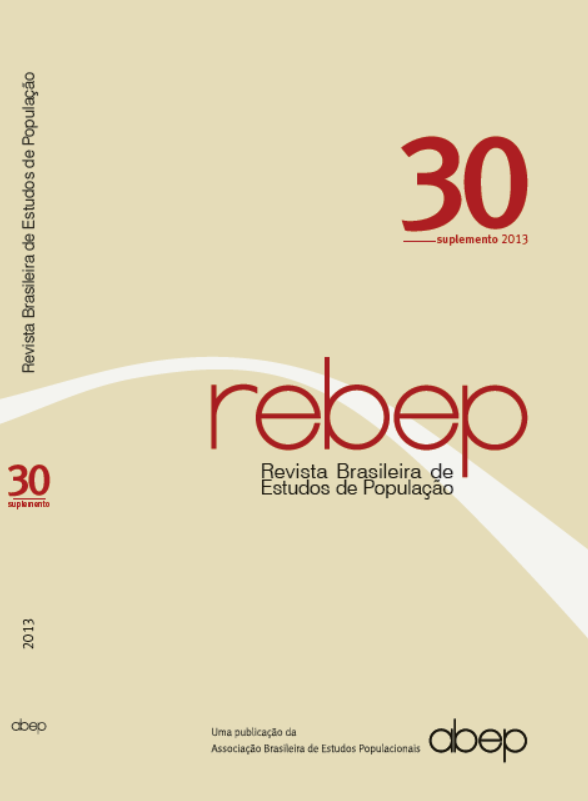Social ecology of fear: evaluating the association between neighborhood context and fear of crime
Keywords:
Fear of crime, Crime, Neighborhood, Victimization, Collective strengthAbstract
The association between the structural characteristics of a neighborhood and indicators of crime and disorder has received increasing attention from studies in criminology in recent years. Recent studies have emphasized the relationship between the contextual characteristics of neighborhoods and the fear of crime. In this paper we define fear of crime as a negative emotional reaction toward crime. We then seek to incorporate individual characteristics as related to neighborhood contexts in search of empirical evidence as to their “social ecology.” A multilevel regression model was developed using the Victimization Survey, conducted by the Centre for Studies in Crime and Public Safety - CRISP / UFMG. We found a positive association between women with higher fear rates and the fact of being elderly, although residential stability has an opposite effect. At the neighborhood level, the main result was that social cohesion affects the association between crime rates and fear of crime.Downloads
Downloads
Published
How to Cite
Issue
Section
License
Papers published in Rebep are original and protected under the Creative Commons attribution-type license (CC-BY). This license allows you to reuse publications in whole or in part for any purpose, free of charge, even for commercial purposes. Any person or institution can copy, distribute or reuse the content, as long as the author and the original source are properly mentioned.

